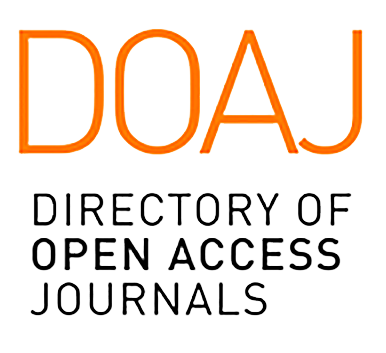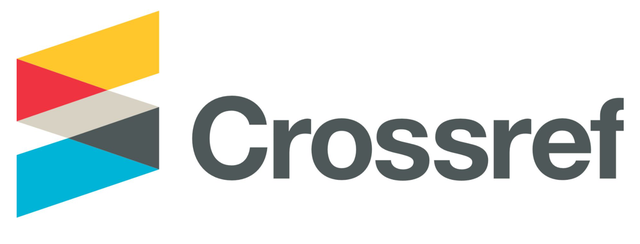

2708-9517








MLA Directory of Periodicals
REAO: East Asian Studies Journals
EBSCO Education
ProQuest
Google Scholar
Semantic Scholar
ROAD
BASE
Helka Helsinki Library
Baidu Scholar
Ex Libris
Jouroscope
US Department of Commerce Research Library

Yee Pin Tio
Southern Illinois University Carbondale, USA
Usha Lakshmanan
Southern Illinois University Carbondale, USA
Abstract
Chinese Numeral Classifiers (NCs), which are obligatory in the quantification of nouns, have been observed to pose serious challenges to learners of Chinese as a second language. Learners typically have difficulties generalizing the use of classifiers to new nouns and produce collocation errors due to: (1) the inherent complexity and inconsistencies of the Chinese NC system and (2) insufficient exposure to input containing classifier-noun collocations. The current study adopted a pre-testpost-test randomized group design to investigate whether implicit instruction using the stimulus equivalence (SE) paradigm (Sidman, 1971) would have a positive impact on the learning of Chinese NCs and whether the variability in classifier category membership (determined via typicality ratings of native Chinese speakers) would influence the learning process. Eighty-Seven native-English speakers, assigned to one of two learning conditions (an implicit learning [i.e., SE] group or an explicit learning group), were systematically exposed to four Chinese NCs. Only the group that learnt Chinese NCs using the SE paradigm showed a significant improvement in overall classifier retention one week after training. More fine-grained analyses revealed that the implicit-learning (SE) group was significantly more accurate in generalizing the use of the classifiers to new objects than the explicitlearning group when matching classifier-object pairs with lower typicality ratings. In the case of classifier-object pairings with high prototypicality ratings, the overall effectiveness of implicit learning of Chinese NCs (based on the SE paradigm) was comparable to the explicit instruction condition. The results highlight the SE paradigm’s success vis-à-vis explicit instruction in facilitating the inferential learning of fuzzy rules based on less prototypical classifier-object pairings. The findings of the study contribute to our understanding of the Chinese NC system as well as semantic categorization from a cognitive linguistic perspective and have significant implications for the development of effective instructional methods to optimize language learning.
Keywords
Chinese numeral classifiers, implicit-explicit instruction methods, stimulus equivalence paradigm, typicality effect, object categorization
基于刺激对等范式的汉语量词内隐学习研究
赵裕萍
南伊利诺大学,美国
乌沙·拉沙马兰
南伊利诺大学,美国
摘要
汉语量词作为学习名词量化的必要知识,给汉语作为第二语言的学习者带来了严峻的挑战。学习者通常错误地将量词应用到新学的名词,因而产生错误的搭配,究其原因主要在于:(1)汉语量词系统本身存在复杂性和不一致性;(2)学生缺乏对量词和适用名词搭配的输入性训练。本研究采用前测 - 后测随机分组设计来考察采用刺激对等范式的内隐教学法是否对学习者的汉语量词学习产生正面效益,同时研究量词范畴内的变化性(根据母语为汉语者的典型性评估)是否会影响学习者的量词习得。87 名母语为英语的受试者被分配到两个学习组别(内隐学习组/ 外显学习组)来系统学习四个汉语量词。研究发现,只有使用刺激对等范式的内隐学习组在经过一周的训练后对量词的记忆有显著改善。进一步的分析表明,使用刺激对等范式的内隐学习组在面对非典型的量词名词配对时,比外显学习组更能准确地将量词推广到新学的名词。对于典型的个体量词名词搭配,内隐学习组的整体效果与外显学习组相当。研究结果表明,刺激对等范式的内隐教学法相较于外显学习法更能促进非典型的量词名词配对的推理学习。透过认知语言学的视角,本研究有助于进一步理解汉语量词的功能和语义范畴,同时为量词的教学提出一套更为有效的学习方式。
关键词
汉语量词,内隐教学,外显教学,刺激对等范式,典型效应,物体分类